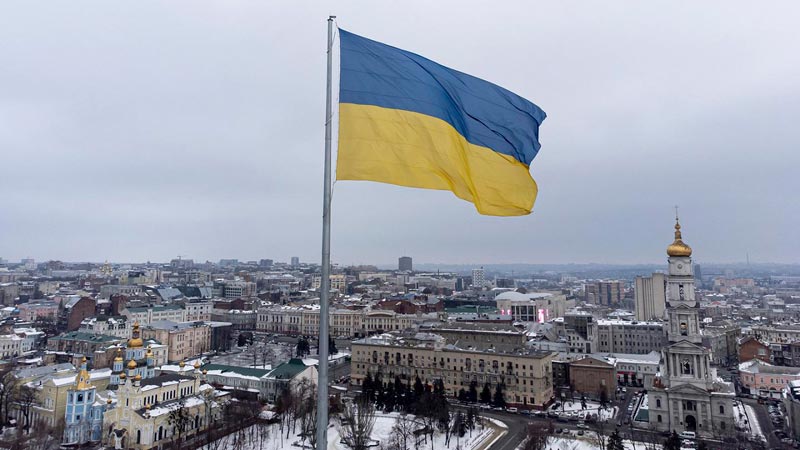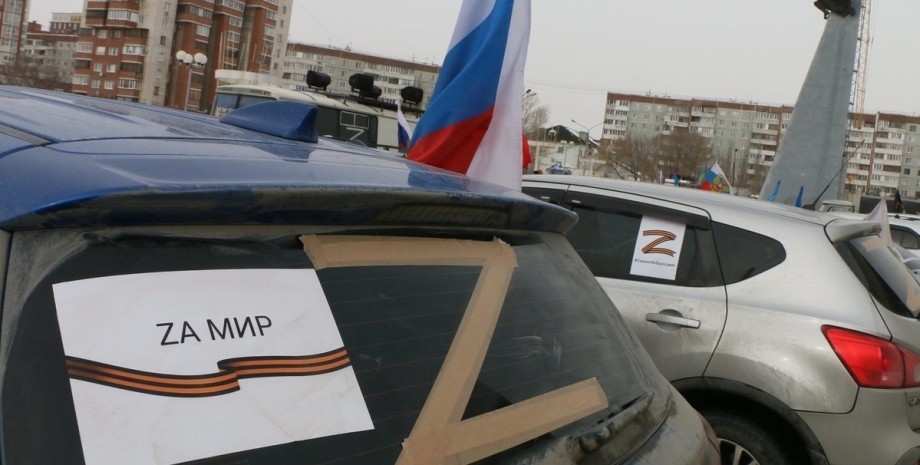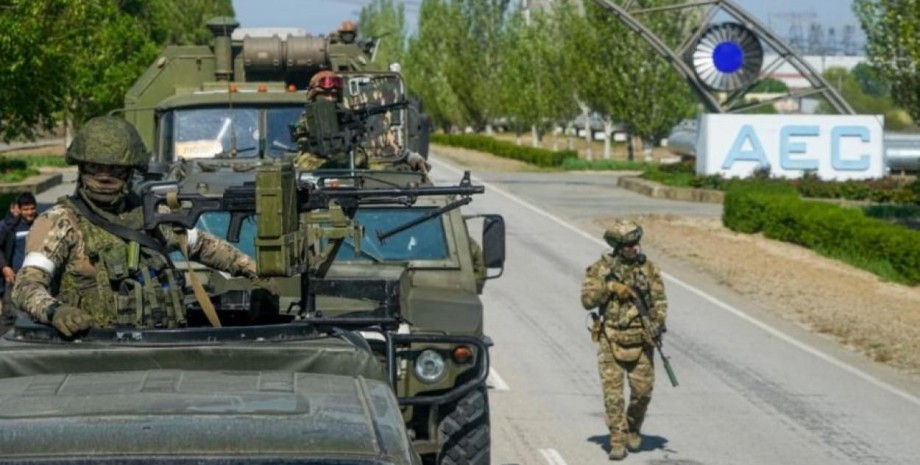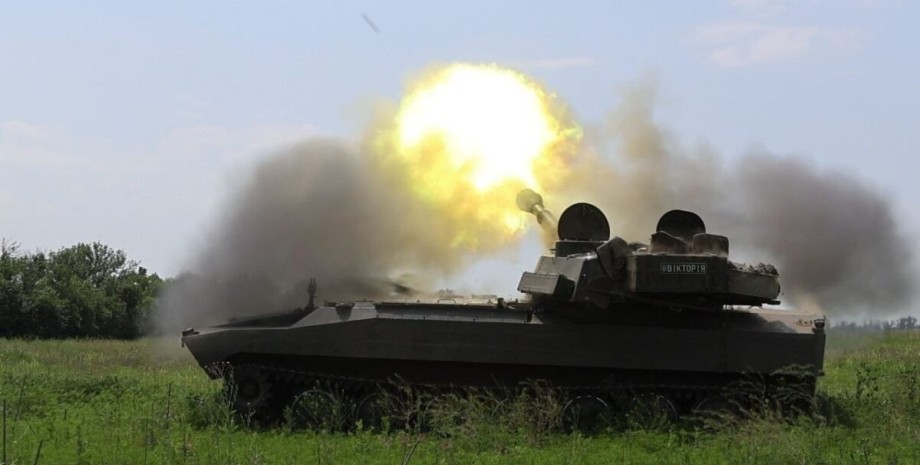
 By Victor Duda
By Victor Duda
Such indicators have calculated the aggressor country based on the expectations that the daily oil production will be at 10 million barrels, and the export price at $ 50 per barrel. Approximately such indicators Russia can achieve if the whole civilized world will stop at the sake of sanction pressure and be limited to the decisions already made. At least this risk is indicated by the following factors. The first factor - a $ 60 price ceiling applies only to the Russian export stamp of Urals oil.
In fact, more than a third of Russian oil export supplies are other varieties of oil, first of all - the ESPO variety - with the price of shipment of $ 66 per barrel. In addition, the aggressor country sells Sokol oil and Vityaz, which in January was bought for $ 70 a barrel. In such a context, there is a risk that some of the Urals oil cards can be sold at documents as ESPO at a price of more than $ 65 per barrel.
This tendency shows that the price restriction on Russian oil of all varieties should be reduced to $ 35 per barrel as early as January 2023. The second factor is, in addition to the sale price of the aggressor state income, sales. Against the background of reducing the selling prices of Russian oil, the Urals variety, the shipment volumes decreased minimally. In the first week of the new 2023, the total flow of Russian oil through seaports increased by 0. 2 million barrels per day.
Supply from the Pacific and Arctic has increased by 0. 14 and 0. 2 million barrels a day, respectively, compensating for a decrease in shipments from the Black and Baltic Seas. Comparing shipments since the beginning of December 2022, they decreased by only 0. 5 million barrels to 2. 5 million barrels per day. The third factor is bypassing sanctions on services of foreign service companies.
Despite the restrictions that were introduced in 2022, Russia resumed the production of Arctic oil, which is currently actively purchased by China. These purchases can displace Middle Eastern oil, such as Basrah Heavy. That is, on the one hand, competition with Iraq and Saudi Arabia exacerbates, and on the other - an additional source of replenishment of the budget of Russia appeared.
Speaking of the PRC, it is worth paying attention to their aggressive strategy for buying Norwegian and Kazakh oil, which testifies to the hidden economic expansion against the EU and Germany first. In addition to the reservations, positive trends are traced in terms of the disarmament of the aggressor, for example, more and more degraded by the management of the oil and gas industry of Russia.
This is indicated by the increase in the scale of fake statements, which definitely affects false management decisions. For example, allegedly some decrees of Russian dictator Vladimir Putin about the ban on the use of Priskeeps on Urals is a common farce, because they can only reduce the portfolio of customers of this variety of Russian oil.
Self -deception is produced in Russia and in the main indicators of the production activity of the oil sector, in particular the enemy actively distributes fakes about allegedly record oil production, and even an increase in volumes up to 15%. In fact, Russian oil production decreased by 2%in 2022.
The next stagnation indicator is the impossibility of Russian oil companies to pay dividends in 2023, as the selling price of the Urals dropped below $ 40 per barrel and sharply reduces financial capacity. However, Russian oil producers can reduce multi -billion donations for questionable capital investments and still send funds to the budget of the aggressor as tax payments for future periods. We are only at the beginning of the disarmament of Russia.




















Všetky práva vyhradené IN-Ukraine.info - 2022